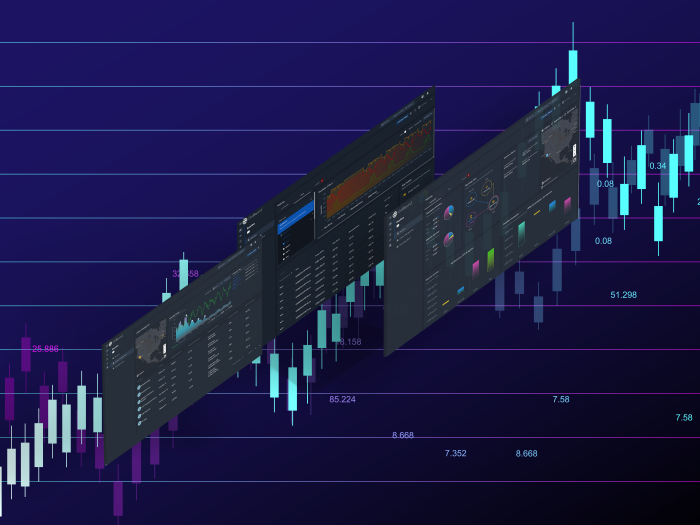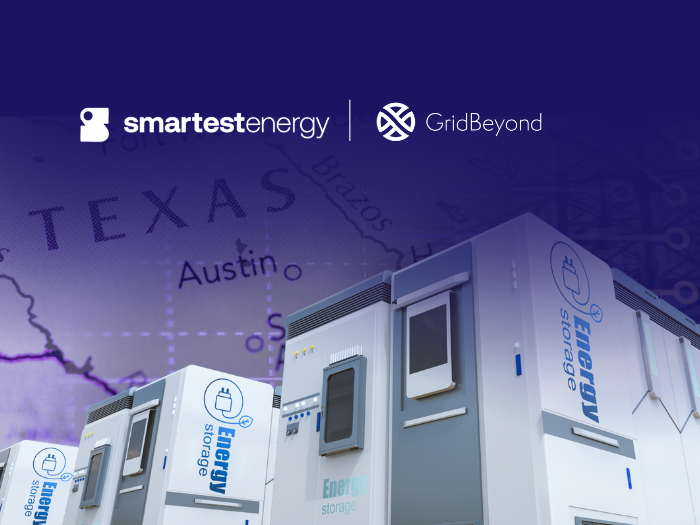News
better business decisions
Posted 1 year ago | 7 minute read

Science Based Targets: Explained
If you’re a large organisation, it’s very likely you’re having to report your greenhouse gas emissions under one mandatory scheme or another. Because of this, many organisations are choosing to go one step further and commit to carbon reductions targets such as net-zero, even if they aren’t required to report their emissions.
The Science Based Targets initiative (SBTi) sets the gold standard for emissions reduction. To date, over 1,500 companies have had their targets approved. Here, we explain what it is, who can sign up, why you’d want to, and steps you could take to meet the targets you set for your business.
What is SBTi?
The 2015 Paris Agreement saw nearly 200 of the world’s governments come together to commit to limit global warming to well below 2°C above pre-industrial levels and pursuing efforts to limit it to 1.5°C by 2030.
While governments and national leaders plan to advance efforts in the fight against climate change, businesses are taking the initiative and stepping up their contribution. Climate change is now firmly on the boardroom agenda, while digitalisation and electrification are the big bets to foster this transition. If your company is considering taking climate action, setting targets under a globally recognised initiative is one of the first measures that you can take.
There are many climate initiatives available for companies to join. Initiatives can be specific to certain areas such as RE100 (Renewable Energy Targets) or EV100 (Electric Vehicles Targets). Or they can cover a company’s entire emission portfolio.
SBTi was established in 2015 through a partnership between CDP, World Resources Institute (WRI), the World Wide Fund for Nature (WWF), and the United Nations Global Compact (UNGC). The objective of the SBTi is to show companies how to create effective GHG emission reduction strategies. It allows companies to be confident that their strategies will help to mitigate the worst effects of climate change. Organisations commit to halving their emissions by 2030 and achieving net zero by 2050, with SBTi independently assessing and verifying each company’s target figures.
What are Science-Based Targets (SBTs)?
Based on the SBTi definition, “targets are considered ‘science-based’ if they’re in line with what the latest climate science deems necessary to meet the goals of the Paris Agreement – limiting global warming to well-below 2°C above pre-industrial levels and pursuing efforts to limit warming to 1.5°C.”
The main goal of the Paris Agreement is to keep warming below 1.5°C. We can achieve this but it requires global emissions to reach “net-zero” by 2050. By setting an SBT for 1.5°C, a company is essentially putting a plan in place to reach “net-zero” company emissions by 2050. A Science-Based Target will set out a pathway of gradual emission reductions each year until 2050.
There are six steps to an SBT with STBi:
- Step 1: Commit – Register online and submit a letter establishing your intent to set an SBT that is in line with the SBTi’s criteria. You then have two years to set this target and get it verified by SBTi. At this point an organisation will be recognised as “committed”.
- Step 2: Develop – As of 15 July 2022, organisations are required to set a near-term SBT between five to 10 years that aligns with the level of decarbonisation required to keep global warming to 1.5°C (previously targets could align with 2°C warming). Prior to setting SBTs, organisations will need to ensure that they are inventorying their scope 1, 2 and 3 emissions as per the Greenhouse Gas (GHG) Protocol Corporate Standard. These then need to be verified by an external party. SBTs must cover company-wide scope 1 and scope 2 emissions. If scope 3 emissions compose over 40% of total emissions, organisations must set a scope 3 target as well. Offset and avoided emissions do not count towards emissions reductions.
- Step 3: Submit – Submit your target to SBTi for validation. The results of the validation should be ready within 30 business days. SMEs can immediately set a SBT for their scope 1 and 2 emissions by choosing from a set of predefined options. They are not required to set scope 3 targets.
- Step 4: Communicate – Once approved, organisations will be listed on the SBTi website, as well as their partners’. SBTi provide guidelines on messaging you might use in your own communications and how the SBTi logo can be used.
- Step 5: Disclose – Following approval, organisations must disclose emissions and progress against targets annually. This can include disclosure through annual reports or the company website. Again, SBTi provide guidelines on the information to include and the minimum standards that must be met.
- Step 6: Recalculate – At a minimum, organisations must review their targets every five years to ensure they’re aligned with the latest climate science. They can choose to do this more frequently, if the target has been met, or if there are significant changes to company structure or activities.
The role of electricity
At a minimum, an SBT will cover Scope 1 and 2, potentially also Scope 3 depending on the company.
Scope 2 emissions—that is, emissions from purchased electricity and heat—represent one of the largest sources of greenhouse gas emissions globally. Although these emissions physically occur at the sites where electricity and heat are generated, they are also accounted for by the companies that purchase and use this energy.
Companies have a responsibility to account for and reduce these scope 2 emissions but doing so depends on accurate and consistent emissions accounting.
Under the GHG Protocol Scope 2 Guidance (and, consequently, the SBTi) companies are required to report scope 2 emissions in two ways:
- A ‘location-based’ approach that reflects the average emissions intensity of the local grids on which energy consumption occurs.
- A ‘market-based’ approach that reflects emissions from electricity generation that companies have purposefully chosen, enabling businesses to use their purchasing power to accelerate the deployment of renewable energy.
Both approaches face unique challenges. Market-based accounting uses contractual instruments that come in a wide range of types: from power purchase agreements (PPAs) to green tariffs to renewable energy certificates. The impact of these can vary, even among similar types of instruments, based on use-case and technical details.
Location-based accounting has the potential drawback that companies can account for emissions reductions at the grid level that are unrelated to the companies’ procurement practices and investments.
There are some measures companies can take to reduce both location- and market-based scope 2 emissions at the same time, for example, improving energy efficiency and shifting to on-site renewable energy generation. These measures work by reducing purchased electricity consumption altogether, and they are widely recognized as high-impact practices to reduce scope 2 emissions. Additionally, there are some market-based instruments with a high likelihood of driving new renewable energy capacity, and hence contributing to real-world emissions reductions. Yet, there has also been growing concern about companies using low-impact instruments to reduce their market-based scope 2 emissions, from an emissions accounting point-of-view, without driving real-world change.
How to reach your target
Based on the SBTi’s database, the actions that businesses are taking to reach their targets generally fall into one of five categories:
- Renewables: The most frequently mentioned action, as almost all companies have reported using renewable energy sources or purchasing green energy
- Optimisation: Many companies have cited optimisation measures, which typically include energy efficiency improvements and process optimisations
- Green energy purchasing: This is similar to renewables but specified as purchasing energy with renewable origins, often including the purchase of energy certificates like Guarantees of Origin (GoOs).
- EV/ EV optimisation: Many companies cited transitioning to electric vehicles and optimising their use, which cuts down Scope 1 emissions from company-owned fleets
- Carbon tracking: A significant number of companies are actively tracking their carbon footprint, which is essential for setting accurate targets, reporting progress, and implementing effective carbon management strategies
At GridBeyond we provide solutions that are in harmony with the SBTi. From supporting you with the identification and development of emissions reduction measures through to installation of energy technology such as solar PV and energy storage, GridBeyond assists you with carrying out all aspects of creation, establishment, checking and development for your climate strategy.

Baseline
Built on top of our metering solution, Baseline allows users to track their real-time metrics and progress towards corporate ESG goals.
Learn more





